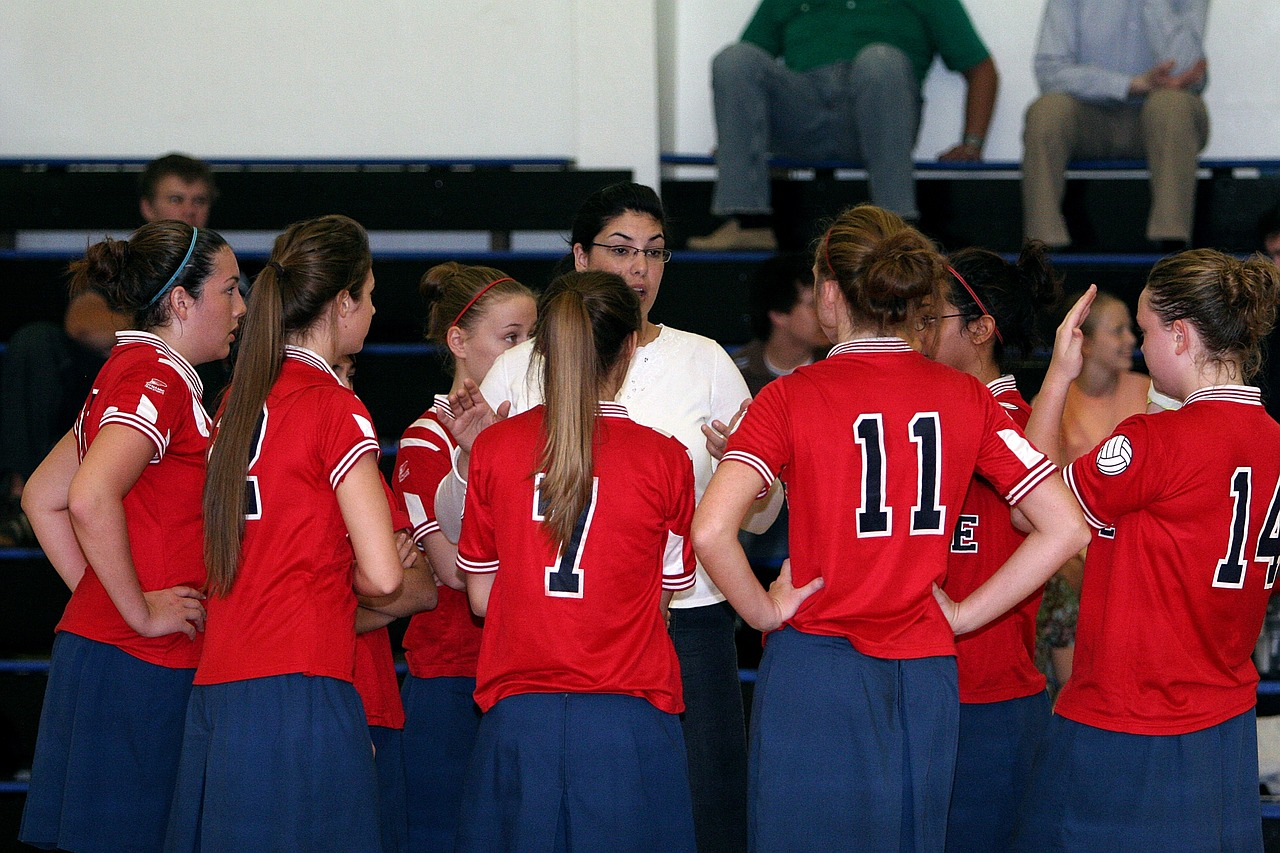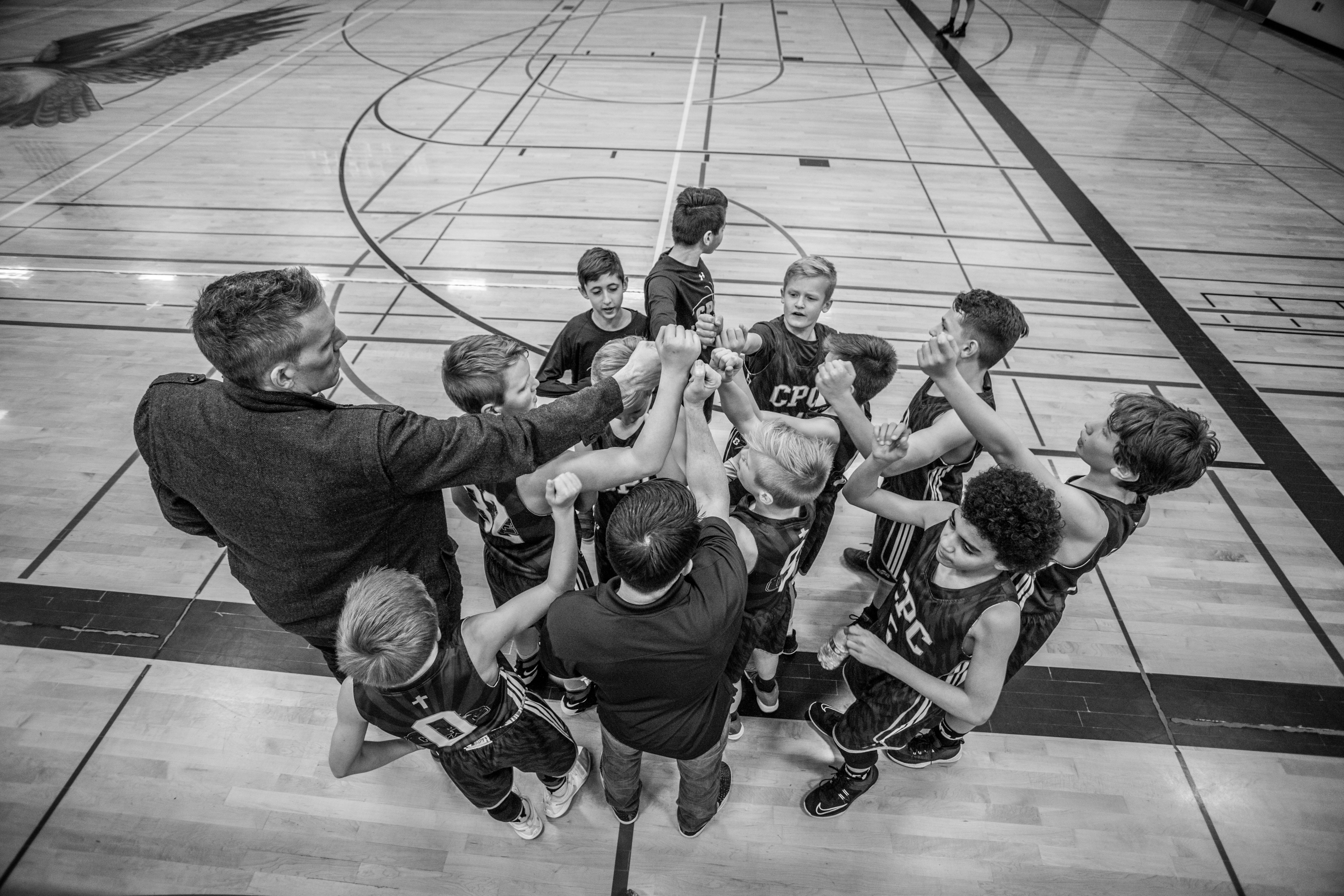Applying effective teaching techniques to Physical Education (PE)
This series of PE pedagogy techniques follows our previous series on key PEdagogical Models. Throughout this current series we provide invaluable resources that explain effective teaching and learning techniques applied to Physical Education in both primary and secondary school. Here’s what to look out for:
Modelling
Questioning: Cold Calling
Checking for Understanding
Retrieval Practice
Interleaving
Do Now Activity (DNA)
Scaffolding

PEdagogy Techniques: the benefits
Applying a range of pedagogy techniques and teaching methods in physical education classes offers several benefits, contributing to a more effective and engaging learning experience for students. Incorporating a variety of methods into the teaching process varies teaching style and optimises student learning by providing structure and support, enhancing focus and participation. The individualised instruction inherent in pedagogy allows physical education teachers to cater to diverse learning styles and abilities, ensuring that each student receives personalised attention to progress their development.
Varying teaching styles through pedagogical strategies promotes inclusivity and creates a positive class culture. Engagement and motivation of students are maximised when incorporating a diversity of pedagogical techniques, making PE classes enjoyable and reinforcing the importance of a healthy and active lifestyle. Additionally, assessment and feedback mechanisms support students’ improvement and reinforce positive behaviours, while an emphasis on social skills and life skills cultivates teamwork, communication and leadership. Overall, the physical education teacher should ensure that they are varying their teaching styles and methods when teaching students for a holistic and effective learning experience.

Today’s PEdagogy technique: Scaffolding
Scaffolding is ‘a metaphor for temporary support that is removed when it is no longer required’. It should provide ‘enough support so that pupils can successfully complete tasks that they could not yet do independently’. Education Endowment Foundation (2022)

Purpose in the learning process
- Scaffolding is an approach that provides temporary support and guidance to students as they first engage with a learning task.
- The support is gradually reduced as students gain confidence
and competence. Students are then given more autonomy/ responsibility for their own learning. - Instruction is tailored to a student’s current level of understanding (Vygotsky).
- It breaks up the lesson, concept or skill into distinct units or parts.
One-page resource for physical education teachers – Scaffolding
Download the attached one-page resource for further information on the pedagogical technique, ‘Do Now Activity’.
Curriculum development: Why not use it to guide a PE department meeting followed by a period of testing and instructional coaching to help develop your repertoire of approaches to teaching.
It includes a short video available via the QR code to bring it to life along with:
Application in PE
Techniques
Common misconceptions
Links to further pedagogy
Previous PEdagogy techniques in the series
This is the seventh and final technique of the series. You can also access our previous posts and one-page resources on:
Further information
Read
The Role of Observation in Enhancing Pedagogical Practices in PE



Responses